In the data age, most businesses rely on data to make decisions. However, there is a “blind spot” that many organizations have yet to explore: they don’t really know what’s going on in their massive image, video , and audio data stores.

Coactive, a company founded by MIT alumni Cody Coleman and William Gaviria Rojas, is solving that problem with artificial intelligence. Coactive’s AI platform can quickly search, organize, and analyze image, audio, and video data, helping businesses make faster, more accurate decisions.
“In the first data revolution, businesses knew how to take advantage of structured data like tables and spreadsheets. But now, about 80-90% of data is unstructured. To effectively process this data, businesses need AI,” Coleman explains.
Coactive is now working with major media and retail companies to automate image content analysis—rather than manually tagging or categorizing it—so they can deliver relevant content to users faster, filter out objectionable content, and better understand the connection between content and user behavior.
Mission to connect humans and machines
The name “Coactive” implies simultaneous collaboration – which is also the vision of the two founders: helping humans and AI work together.
“We believe that AI can either divide or unite people. Coactive is about creating cohesion – where AI becomes an ‘assistant’ to help people become stronger,” Coleman shared.
Coleman and Gaviria Rojas met when they first entered MIT. They studied electrical engineering and computer science together and worked together to bring MIT’s OpenCourseWare curriculum to universities in Mexico.
Coleman's passion for AI came to him while he was a graduate student at MIT. As part of MITx, the school's online learning platform, he used AI to analyze how people learn and build personalized learning systems.
“I find it amazing how technology can open up learning opportunities for millions of people, while also helping us better understand learning behavior,” he said.
Coleman then went on to pursue a PhD at Stanford, where he researched ways to make AI more accessible to businesses. He worked with Pinterest and Meta to implement practical machine learning applications—and it was from that experience that the idea for Coactive was born.
An operating system for image data
Meanwhile, Gaviria Rojas was working at eBay in Silicon Valley. While asking a friend to help him move a sofa, the two struck up a conversation and realized that the company was facing a new wave of data—no longer spreadsheets, but photos, videos, audio, text. And the technology that could help mine that data was none other than AI.
From there, they built Coactive - an "AI operating system" that can flexibly replace internal AI models as technology develops. This platform integrates content search tools, automatic tagging, data analysis and useful information extraction.
“Computers used to see the world in binary terms. Humans saw it in images. Now, AI is allowing machines to have the same ‘vision’ as humans do — blurring the lines between the digital and physical worlds,” Coleman said.
Changing the way we interact with machines
Reuters, a world-renowned news agency, used to manually tag millions of photos for search purposes. This was slow, expensive, and inaccurate. Now, when reporters select “AI Search,” Coactive instantly displays the most relevant images based on the actual content of the photo.
“Better search results help reporters tell their stories faster and more accurately,” Coleman said.
Another Coactive customer is Fandom, a film, game, and TV information platform with over 300 million monthly users. Coactive helps Fandom identify and remove violent or offensive content in online communities.
“It used to take up to 48 hours to review a piece of content. Now with Coactive, it takes about 500 milliseconds,” Coleman said.
A new era in human-computer interaction
According to the two founders, Coactive is helping to reshape the way people work with technology.
“Before, we had to type on a keyboard and move a mouse to get the machine to understand us. Now we can talk naturally, send pictures, videos – and AI understands the content. That’s a game changer,” Coleman said.
“And as interactions change, we need a new operating system—a new way of working with content and AI. That’s Coactive.”
(Source: MIT News)
Source: https://vietnamnet.vn/khi-tri-tue-nhan-tao-giup-may-moc-nhin-thay-the-gioi-2414966.html




![[Photo] General Secretary To Lam works with the Standing Committee of Quang Binh and Quang Tri Provincial Party Committees](https://vphoto.vietnam.vn/thumb/1200x675/vietnam/resource/IMAGE/2025/6/25/6acdc70e139d44beaef4133fefbe2c7f)

![[Photo] First training session in preparation for the parade to celebrate the 80th anniversary of National Day, September 2nd](https://vphoto.vietnam.vn/thumb/1200x675/vietnam/resource/IMAGE/2025/6/25/ebf0364280904c019e24ade59fb08b18)
![[Photo] More than 124,000 candidates in Hanoi complete procedures for the 2025 High School Graduation Exam](https://vphoto.vietnam.vn/thumb/1200x675/vietnam/resource/IMAGE/2025/6/25/fa62985b10464d6a943b58699098ae3f)
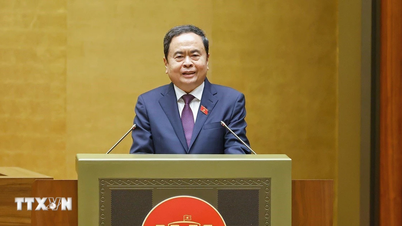

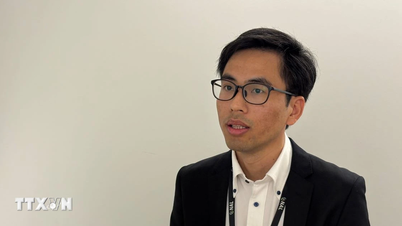


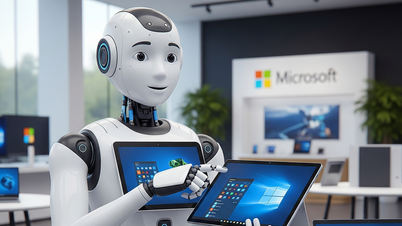

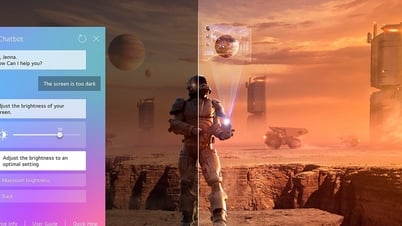
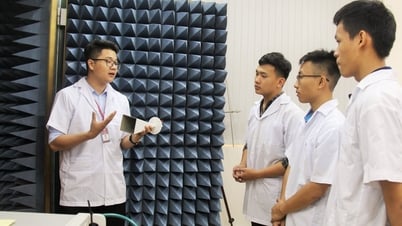
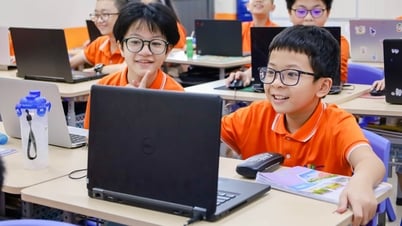




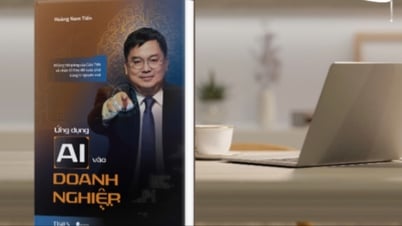
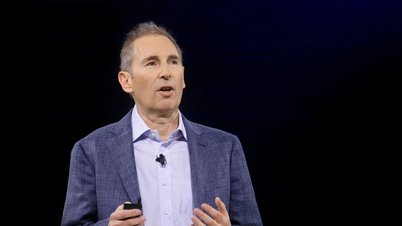
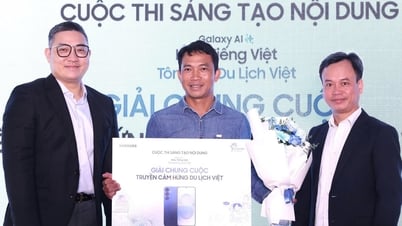








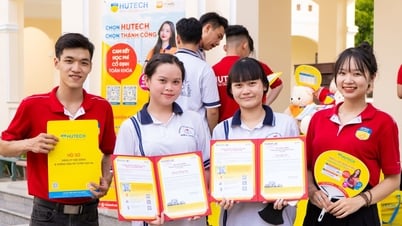














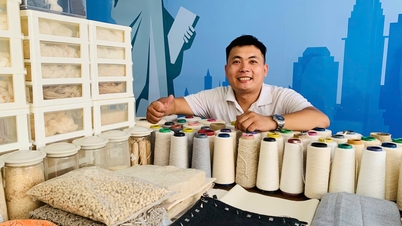
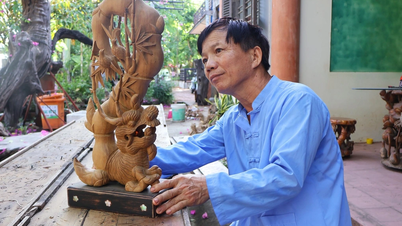














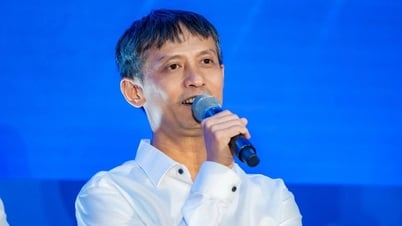










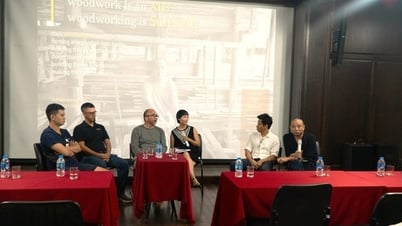





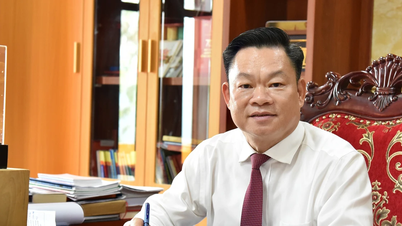







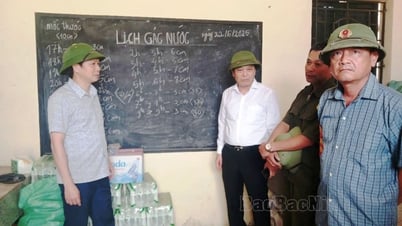















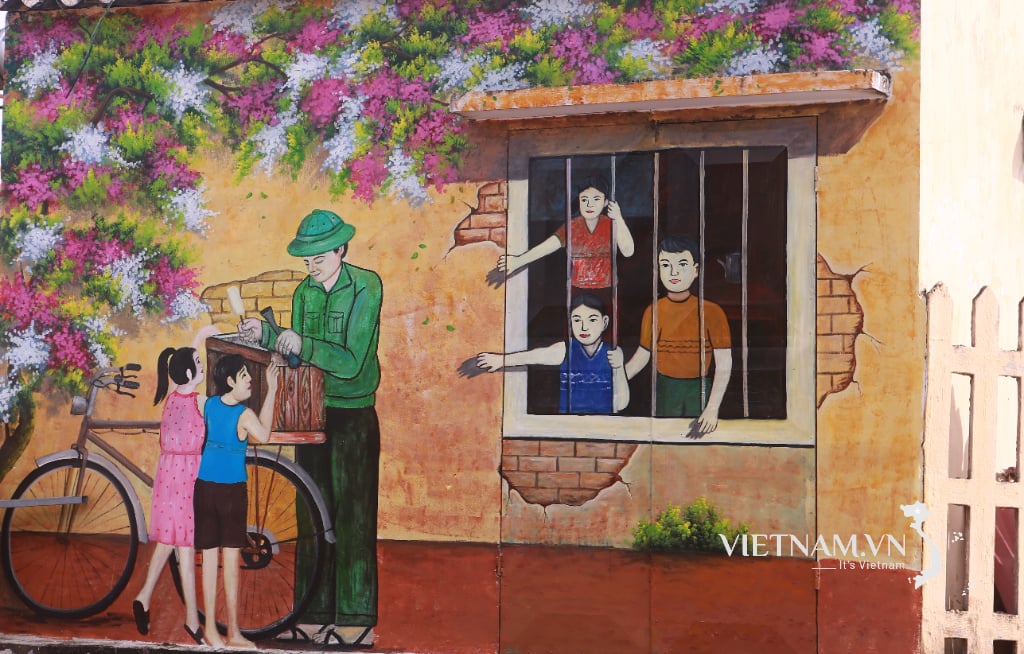


Comment (0)